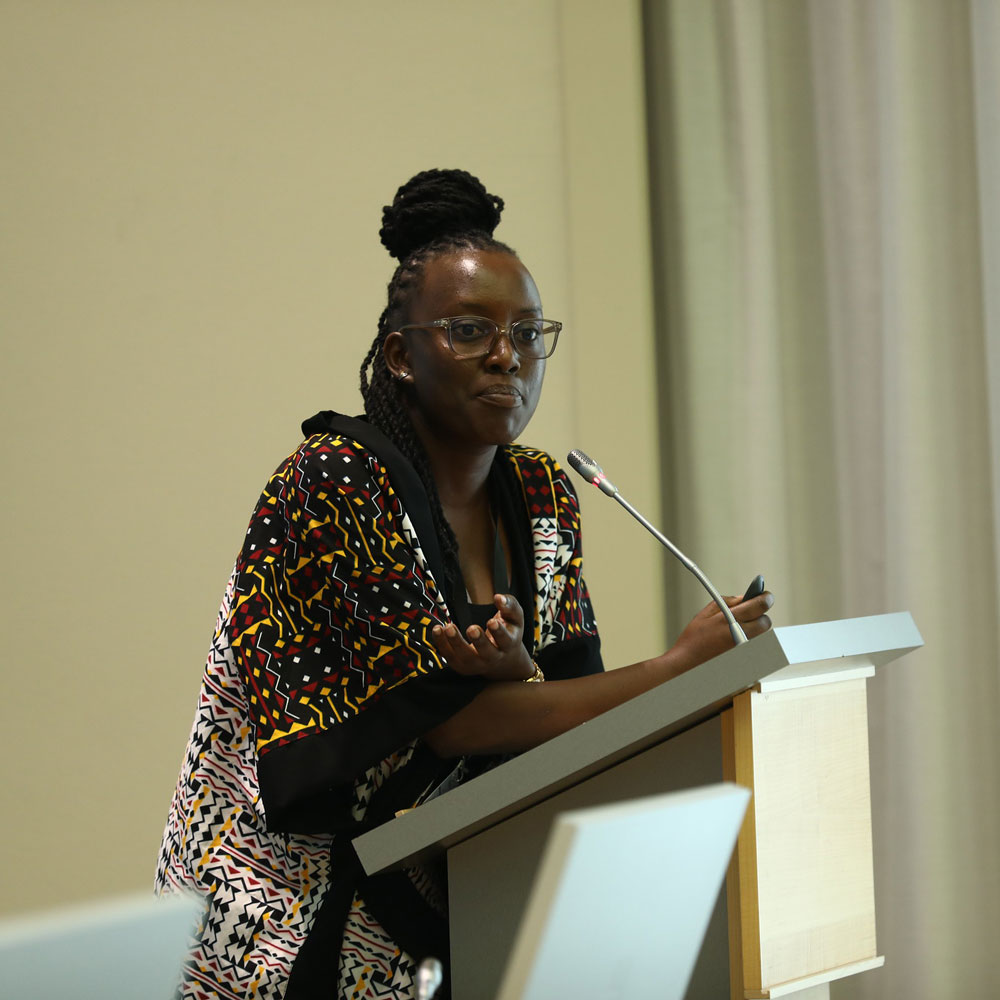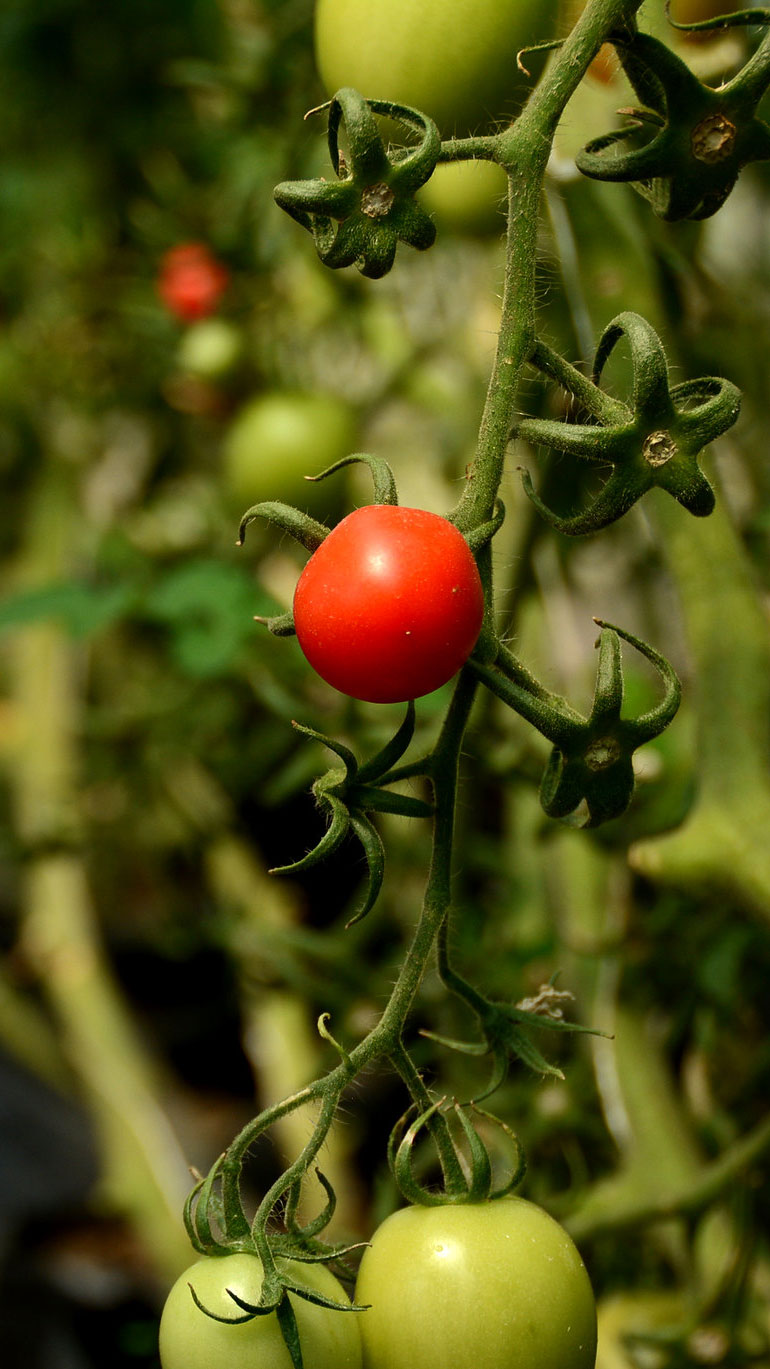Kenya
Bringing new technology to African farmers
Susan Ndung'u is an agricultural specialist at Kenya's Farm Input Promotions. She shares her experience of working with farmers, helping them to adopt new technology, boost productivity and reach export markets.
 Susan Ndung'u is an agricultural specialist at Kenya's Farm Input Promotions.
Susan Ndung'u is an agricultural specialist at Kenya's Farm Input Promotions.What do you do exactly?
I work with farmers to ensure they get the right technologies, which are simple and rapidly adoptable. We are currently working with a million farmers across 16 countries in Africa.
What are some of the main challenges that farmers face?
Many of the new technologies and products that exist do not reach the farmers. Take Malawi, for example. I was there at the National Research Institute recently, and they said they had cowpea varieties since 2010, but it took 14 years for farmers to see those varieties for the first time.
For most farmers that we work with, it is about food security. It is about feeding the family. Three weeks ago, I was in Northern Ghana. Millet in Ghana is a crop that has very high prices. I asked some of the millet farmers whether they were selling the product. And they said no because millet was for their families. They only sold it if they were in desperate need of money. The challenge is to ensure sufficient production at scale.
What about trade?
The first thing that farmers are doing is to produce their own food. If they reach a level of food security, the next stage is to make use of local markets.
For example, green grams are grown in Eastern Kenya, but they are not grown in Western Kenya. So, if there is sufficient supply of green grams in Eastern Kenya, the surplus goes to Western Kenya.
We also have regional trade blocs. If we have enough supply within our local market in our country, the next step is to engage in regional trade. For example, farmers in Tanzania are producing maize for Kenya because Kenya is not producing enough maize for its own needs. Only after that do we consider global trade.
What do farmers need to achieve food security and to access regional and global markets?
The first step is awareness about seed varieties. Many varieties exist but they are not always available to farmers. Often, farmers have sufficient land and the market is available but they are not even producing enough for themselves. If we can find a way of getting improved seeds to the farmers, that is the first step.
After that, good seed has to be coupled with good management. Trade can help farmers develop good management practices, especially pest control. Trade allows farmers to better understand the laws regarding safe food production.
Take maize, for example. The way it is dried could be harmful to health. For a long time, farmers in Africa dried maize on the ground. That is not the case anymore. What we are trying to do is to ensure that farmers better understand post-harvest management.
Finally, it is about accessing markets. For example, in Eastern Kenya where smallholder farmers are growing green grams, the port for shipping green grams to India, a big market for Kenya, is 500 kilometres away. No farmer has the capacity to send produce so far.
What are you doing to help farmers?
Most of the time, we undertake demonstations in a village. We call it a "field day". We show to farmers that a particular seed is working and propose they give it a try. Often, farmers see it as a request to adopt something they do not know. Naturally, they are worried that it might not work, and next year they will not have food for their families.
So, what we do is allow farmers to learn about the new seed without risking their livelihoods. After each demonstration, we distribute small packs of seeds, from 50 to 100 grams, to farmers to help them learn by doing. This allows farmers to experiment with different seed varieties. At the end of the season, they can choose the ones that worked the best for them.
At the same time, we have "Village Based Advisors" - normally, an experienced farmer selected by other farmers - who works with the seed companies to explain the product to the farmers.
We also had a project in Kenya supported by the United States Agency for International Development (USAID). This project has helped us to start thinking about where the surplus could go.
We also need to help farmers better understand trade rules. We need to coach them on best practices, including on rules for pest control which are important for farmers and consumers to create a win-win for everyone.
